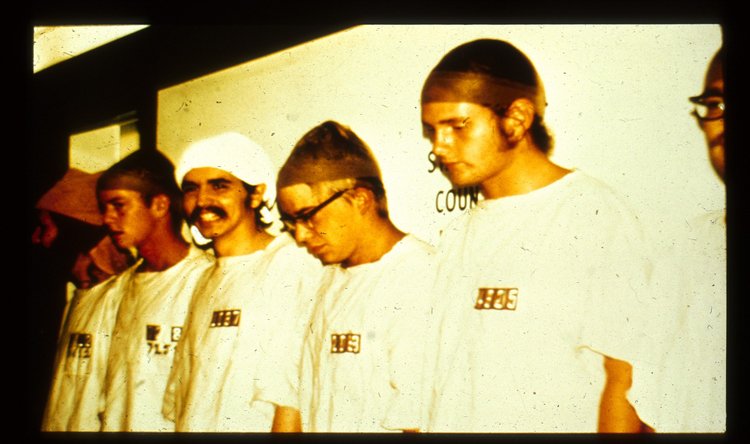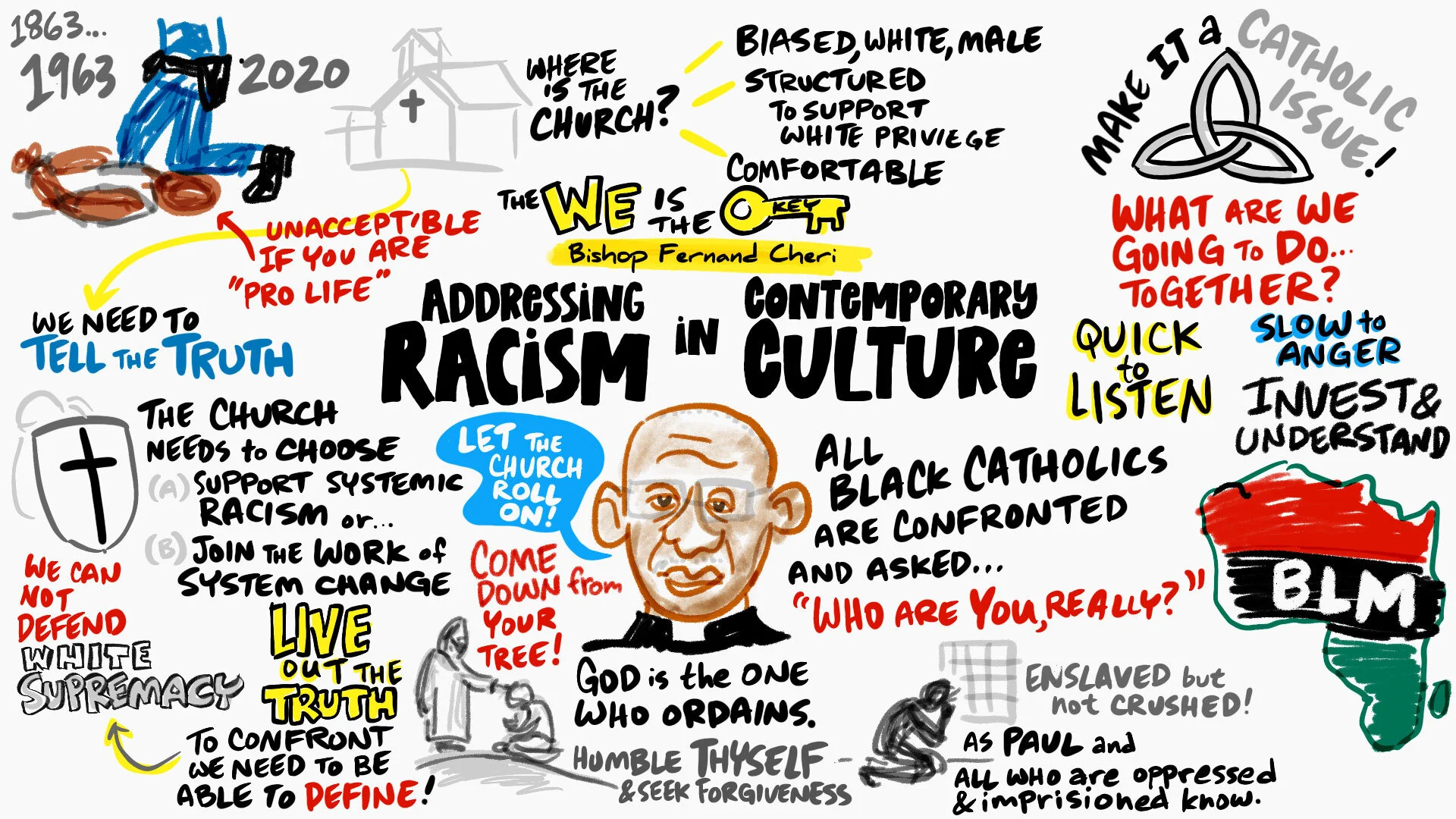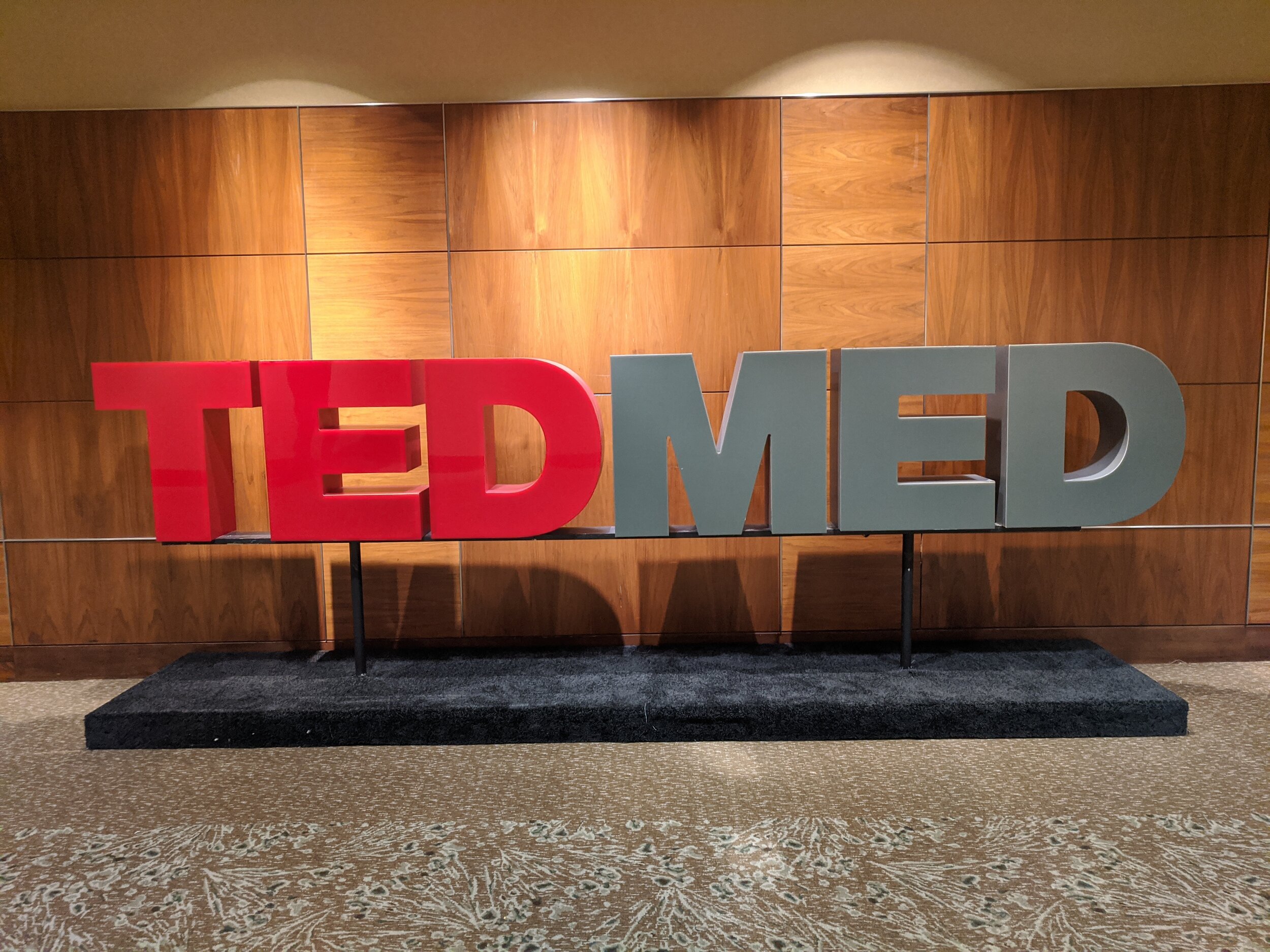A Recipe for Success: Skill, Knowledge & Attitude
/This week, I was supporting an event for a major healthcare company, and was asked the two most common questions asked of any graphic facilitator:
QUESTION 1
How do you do that?
(i.e. “How do you listen to ideas and draw them real-time
in a format that is fun AND valuable?”)
QUESTION 2
How did you get started?
(translation: “Are you kidding me?! How have you been able to feed yourself
and your family doing something so cool/frivolous/creative?”
For both questions, I usually give the same flippant answer: “I have been doing the same thing since I was 15-years-old and somehow it turned into a 30-year career.”
The reality is that, yes, my entire life, I have drawn and created visual work in the form of personal art and professional projects. I have taught and coached others who chose to jump into a career as a graphic recorder/ visual facilitator, both inside large firms and as solopreneurs. Yet I have seen hundreds of people pick up these skills mid-career as teachers, consultants, executives, scientists, engineers, and entrepreneurs.
To acquire a new skill, we follow a recipe, or maybe we cook by instinct and follow our gut. Either way it requires us to begin. From there, the path involves cultivating three things:
Skill, Knowledge, and Attitude.
Let’s define each of these elements in the context of being a service professional learning something new.
SKILL
[skl] noun.
- Proficiency, facility, or dexterity that is acquired or developed through training or experience.
- An art, trade, or technique, particularly one requiring use of the hands or body. A developed talent or ability.
ABOVE: Participants in a Rockstar Scribe Workshop hone their scribing skills.
Of the three elements of learning, Skill is not necessarily the easiest to attain, but it is the simplest to cultivate. All it requires is persistent action over time.
To the casual observer, any high-end skill—often used synonymously with “ability” and confused with “talent”—seems innate to that person; an inherited quality given at birth, like height or eye color.
Hence, the skills for visual learning and graphic communications seem aloof, unattainable, unteachable, and undoable.
( BTW, I feel this way when I see musicians play, athletes compete, or dancers dance. )
However, visual learning is not necessarily bred into us. On the contrary, as I shared in this post on Visual Learning Mythbusters, research demonstrates that all of our brains are built for visual learning.
Neuroscientist Barry Kaufman believes strongly that this whole Right-Brain/Left-Brain theory is bunk.
Kaufman has studied hundreds of artists and performers ranging from virtuosos and child prodigies to middle-of-the-road professionals and enthusiastic hobbyists.
In his blog on the Scientific American website, Beautiful Minds, he sees “skill” as requiring practice, and practice makes perfect—or at least practice makes proficient.
He flatly denies the phenomenon of “pure talent,” observing that all traits, including the ability to deliberately practice, involve a mix of nature and nurture.
In fact, he believes that there is no such thing as innate talent; it's a myth that is constantly perpetuated, despite the fact that most psychologists recognize that all skills require practice and support for their development—even though there are certainly genetic influences upon our attention and even our passions.
[ SOURCE: Talent versus Practice: Why Are We Still Debating This? by Scott Barry Kaufman ]
WHAT IT MEANS: Skills are always learned; talent is dependent upon deliberate practice driven by enthusiasm and commitment.
KNOWLEDGE
[nol-ij] noun
- facts, information, and skills acquired by a person through experience or education.
- the theoretical or practical understanding of a subject.
ABOVE: Albert Einstein knew a thing or two about creativity, knowledge and the key ingredient: joy.
Perhaps considered a precursor to “skill,” this is actually the evergreen aspect of exploring any topic deeply over time. While it is true that we peak early in the acquisition of most motor skills and language acquisition, the brain is much more elastic that we may believe. Good news for those of us over 40-years-old.
FULL DISCLOSURE: This is written by a Gen Xer who just celebrated his 45th birthday.
As we age, deep knowledge and cognitive processes that take lateral connections, empathy, and historical context continue to improve as we age.
[ SOURCE: Susan Brink's National Geographic article, An Aging Brain is Still Pretty Smart. ]
You see this play out in the Silicon Valley: technology is created by people in their mid- to late-20s, yet most successful businesses are built by people in their mid- to late-40s, with most of the best business “long bets” made by the 50+ business group known as Angel Investors.
Peter Thiel, co-founder of PayPal and a 46 year-old investor, was recently asked: “You’re a billionaire. What is the biggest achievement that you haven’t achieved yet?” His answer? Anti-aging technology.
[ SOURCE: Richard Byrne Reilly's article, Billionaire Peter Theil embarks on anti-aging crusade. ]
Thiel, who is all up in the news recently while running the Founders Fund, Clarium Capital, Mithril Capital Management, and Valar Ventures, is well-known for his investments in Facebook, Airbnb, and Palntir. His $500,000 investment in Facebook in 2004, for example, turned into $500 million when the company went public in 2012.
ABOVE: Pages from Peter Thiel's book on start-ups and changing the world. Illustrations by Matt Buck.
In his new book, Zero to One: Notes on Start-Ups, Or How To Build The Future, Thiel notes that many talented musicians die by age 27 (Jim Morrison, Janis Joplin, Curt Cobain, Amy Winehouse) and getting old ain’t a bowl of chocolate almonds for sexy musicians (Elvis, Michael Jackson, Britney Spears).
Yet, the Kings of Technology (Bill Gates, Steve Jobs, Meg Whitman, Elon Musk) hit their world-changing stride in middle age.
WHAT IT MEANS: Knowledge takes time, patience, dedication, interest, maturity, and experience; it is a life-long pursuit.
ATTITUDE
[at-i-tood, -tyood] noun
This definition is the most nuanced and broad in its application. Yet notice how the word really expresses an emotional state as communicated through—or created by—a physical pose.
- the way a person views something or tends to behave towards it, often in an evaluative way.
- a theatrical pose created for effect.
- a position of the body indicating mood or emotion.
- the orientation of an aircraft's axes in relation to some plane, esp the horizontal.
- a ballet a classical position in which the body is upright and one leg raised and bent behind.
IMAGE from Flickr from Gary A. K. posted under creative commons licensing.
The scientist and author, Mihaly Csikszentmihalyi, was a child living in Hungary in Central Europe during the dark years of World War II. He observed that even after the cessation of hostilities and even “resembl[ing] a happy life,” he saw that many adults were unable to cultivate an attitude of optimism, let alone feelings of happiness. Psychological trauma is a tricky wound to treat and lasts long after physical wounds heal.
And as for the joys of affluence, it is well documented in several studies that material wealth does not directly correspond to levels of happiness.
In his seminal works Flow (1990) and Creativity (1997), Csikszentmihalyi (pronounced: chick-shint-mee-holly) reveals the patterns and habits of artists, athletes, and other highly productive and creative people.
In his 2004 TED Talk, he describes how these people are able to create an environment or emotional state:
Now, ‘ecstasy’ in Greek meant simply to stand to the side of something. And then it became essentially an analogy for a mental state where you feel that you are not doing your ordinary everyday routines. So ecstasy is essentially a stepping into an alternative reality. And it's interesting, if you think about it, how, when we think about the civilizations that we look up to as having been pinnacles of human achievement — whether it's China, Greece, the Hindu civilization, or the Mayas, or Egyptians — what we know about them is really about their ecstasies, not about their everyday life. We know the temples they built, where people could come to experience a different reality. We know about the circuses, the arenas, the theaters. These are the remains of civilizations and they are the places that people went to experience life in a more concentrated, more ordered form.
When we enter this state of effortless, spontaneous action — a state of flow — you recognize it when you experience it.
[ SOURCE: http://www.ted.com/talks/mihaly_csikszentmihalyi_on_flow ]
All other concerns fade to the background, the mental chatter ceases, the self-consciousness falls away, our aches and pains dissolve, our very temporal existence is temporarily suspended.
Csikszentmihalyi relays the description of this flow experience by an accomplished composer:
He can't feel even that he's hungry or tired. His body disappears, his identity disappears from his consciousness, because he doesn't have enough attention, like none of us do, to really do well something that requires a lot of concentration, and at the same time to feel that he exists.
To borrow from definition #5 for attitude (above) which relates to aviation and aerospace, our attitude describes our “angle of approach” to the work at hand. For aircraft attitude is as essential as velocity (speed in a particular direction) and altitude (height above the surface).
Mess up your angle of approach, screw up your landing.
If our attitude is one of skepticism, dread, or reluctance, then our experience and execution of tasks will suffer, no matter how much knowledge or skills we possess.
WHAT IT MEANS: There is magic and power in attention, in focus, in being fully present, which is at the heart of mindfulness and dependent upon which attitude we chose to take.
CONCLUSION
In order to break into the field of graphic facilitation—and build a practice or career that has longevity—liberate yourself of the belief that talent is born, not made.
ABOVE: Happy people who have jumped into life as graphic facilitators.
Apply these principles to any field of practice:
Skills can be acquired. Become aware of what skills you desire, what skills you want to improve, and what skills you need help with. Then, find resources (books, websites, courses, teachers) and learning opportunities (at home, at school, at work, in the community). And practice, practice, practice. Lots of workshops and resources are posted on The Center for Graphic Facilitation and included in the free Rockstar Scribe Resource Guide.
Knowledge is a life-long process. Document your learning path, both the skills you want to learn and those that you have already acquired. Remember that the natural path is from ignorance to novice to mastery to teacher. The best way to take hold of your learning is to publish your discoveries in a diary, journal, blog, research paper, article, lecture. Facebook, Twitter, Flickr, LinkedIn and Tumblr are all free online tools for celebrating what you discover.
Attitude makes or breaks our experience. Remember that quote often attributed to Goethe: “Boldness has genius, power and magic in it.” Tell the negative voices in your head to give it a break. Get centered. Create habits and/or spaces that are conducive to entering a state of flow. When our attitude is one of positivity or enthusiasm (which originates from Greek enthous ‘possessed by a god, inspired, God inside’) the chances of high-quality work, or at the very least enjoyable work, skyrockets. A big part of raising spirits is overcoming isolation and getting connected to a community.
Fortunately, unlike rocket science, for graphic facilitators and visual learners, our own attitude is easier to influence through establishing: (1) habits, (2) tools, and (3) environment.
More on those in the next installment.














